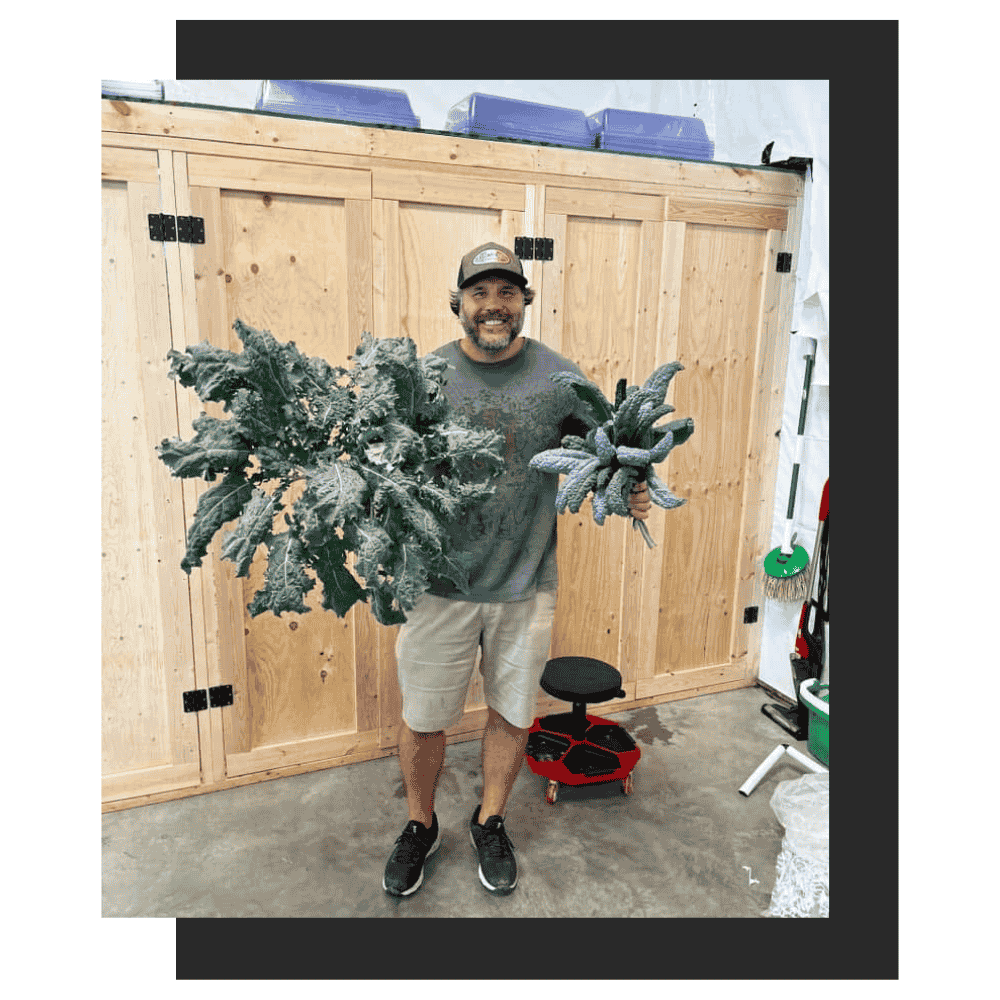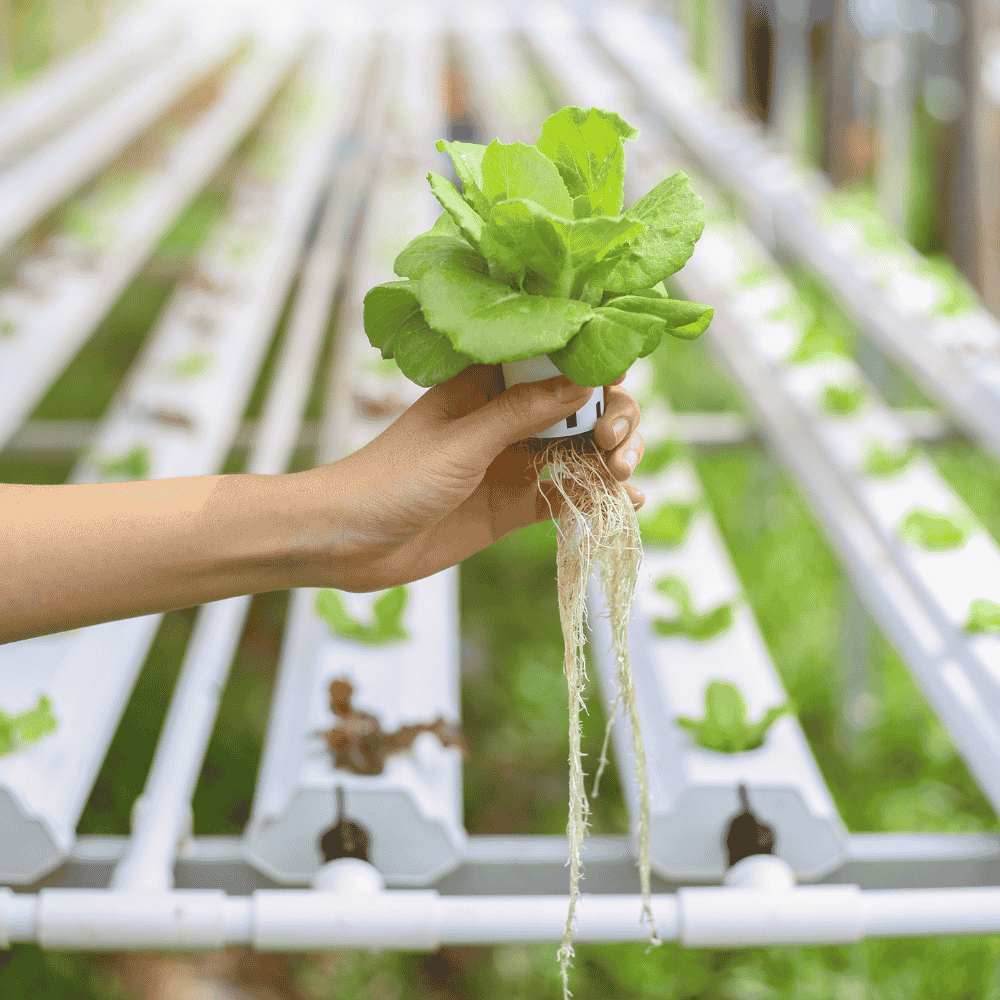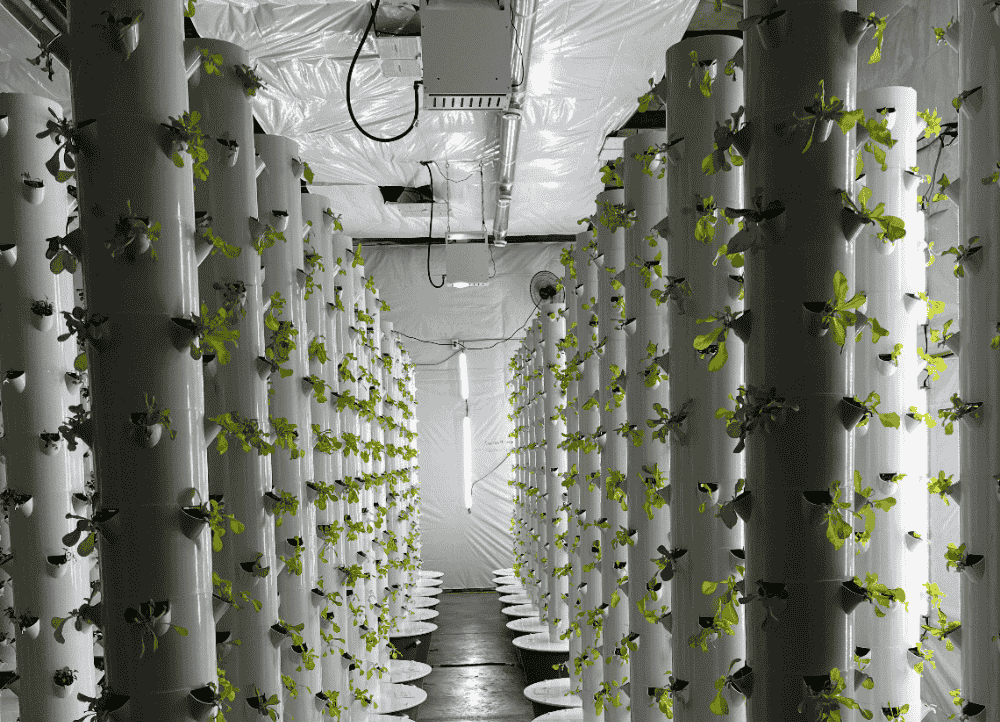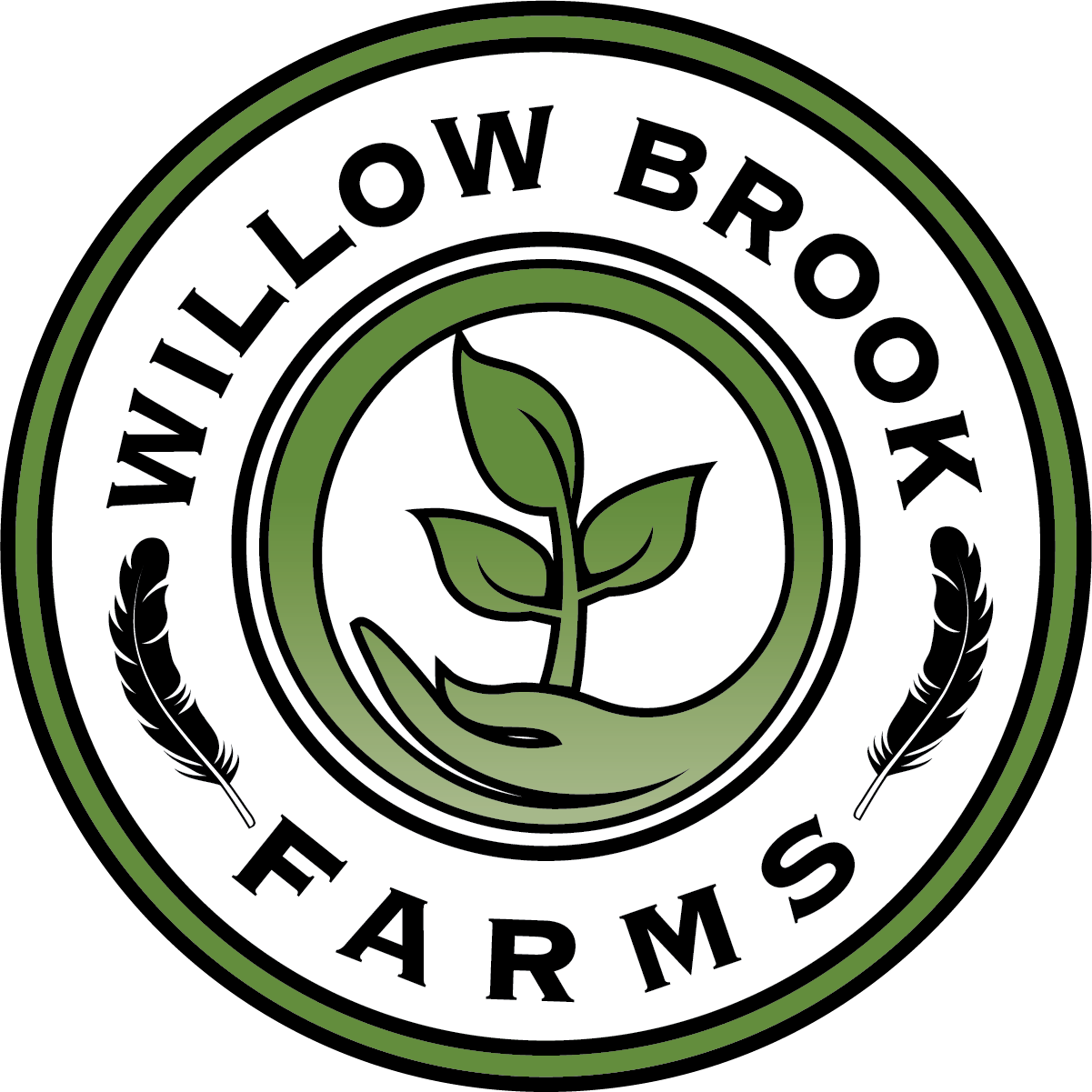Reclaiming Food Sovereignty for Indigenous Communities
Empowering communities to restore traditional food systems, build resilience, and reclaim cultural heritage.

Reconnecting with the Land and the Past
For many Indigenous communities across Canada, food is more than just sustenance—it’s a connection to the land, culture, and generations of knowledge. But today, many of these communities face significant barriers to maintaining their traditional food systems. From limited land access and climate change to economic challenges and the erosion of traditional knowledge, the road to food sovereignty is complex.
At Willow Brook Farms, we understand these challenges and are committed to supporting Indigenous food sovereignty through innovative, community-driven solutions. Our vertical farming systems are designed to empower communities to grow their own food, reduce reliance on costly store-bought produce, and reclaim control over their food systems.


Overcoming Barriers to Food Sovereignty
Reclaiming Traditional Lands and Resources
Access to traditional lands is critical for many Indigenous communities seeking to restore their food sovereignty. However, decades of colonial policies have restricted this access, disrupting cultural practices like hunting, fishing, and foraging.
Our vertical farming systems offer a practical, scalable solution, allowing communities to grow fresh, local produce without needing vast tracts of land. These systems are compact, efficient, and capable of thriving in a variety of environments—from urban centers to remote, northern communities.
- Small Footprint, Big Impact – Grow up to 96 plants in just a few square feet
- Modular and Scalable – Perfect for community gardens, schools, and co-ops
- Portable and Flexible – Set up on traditional lands, in community centers, or as part of mobile food initiatives
These towers can help reconnect communities with their traditional food practices, even when access to ancestral lands is limited.
Building Resilient Food Systems in a Changing Climate
As climate change disrupts ecosystems across Canada, traditional food sources become less predictable. Shorter winters, unpredictable weather patterns, and shifting wildlife populations are already impacting Indigenous ways of life.
Our Farming Towers are designed to reduce climate vulnerability by providing a stable, year-round food source that isn’t dependent on seasonal cycles or natural weather patterns.
- Year-Round Growing – Produce fresh, nutritious food 365 days a year
- Climate-Resilient Design – Operates indoors or outdoors, regardless of season
- Low Water Use – Uses 95% less water than traditional soil farming, making it ideal for regions with limited water resources
This approach helps Indigenous communities adapt to a changing world while maintaining food security and cultural resilience.

Breaking Economic Barriers and Lowering Food Costs
Many Indigenous communities face significant economic challenges, including high food costs and limited local food production. In some regions, fresh produce can cost two to three times more than in urban centers, creating barriers to healthy eating and economic independence.
Our high-capacity hydroponic towers offer a sustainable, cost-effective alternative:
- Lower Operating Costs – Reduced water, power, and labor requirements
- Fast ROI – Produce fresh food for a fraction of the cost of store-bought produce
- Local Economic Impact – Create jobs, reduce food import costs, and keep money within the community
These systems can dramatically reduce grocery bills, improve community health, and create new economic opportunities.
Revitalizing Traditional Knowledge and Cultural Practices
Food sovereignty is also about preserving and passing down traditional knowledge. For many Indigenous communities, the ability to grow, harvest, and share traditional foods is a vital part of cultural identity.
Our systems are designed to complement traditional food practices, creating opportunities for intergenerational learning and cultural revitalization.
- Hands-On Education – Teach the next generation about sustainability, biology, and traditional food systems
- Cultural Resilience – Strengthen connections to the land and cultural heritage through food
- Empowering Elders – Provide a platform for Elders to share their knowledge and skills
These systems can play a critical role in restoring cultural connections and ensuring that Indigenous knowledge continues to thrive.

Supporting a Larger Movement Lights On
When you invest in a Farming Tower from Willow Brook Farms, you’re not just growing produce—you’re supporting a national movement.
The Lights On Movement is our initiative to bring vertical farming to Indigenous schools across Canada, empowering the next generation to grow their own food, reclaim food sovereignty, and build resilient local food systems.
How the Lights On Movement Makes a Difference
Education and Empowerment
Provides hands-on learning for youth, teaching critical STEM skills and sustainable farming practices
Cultural Preservation
Supports the transmission of traditional knowledge and food practices
Economic Resilience
Helps communities become more self-sufficient and reduce reliance on external food systems
Environmental Impact
Promotes sustainable farming methods that reduce water use and carbon footprints
By choosing the Farming Tower, you’re joining a community of growers dedicated to sustainability, education, and positive change. Learn more about the Lights On Movement and how your purchase makes a difference.
Join the Movement – Reclaim Your Food Sovereignty
Ready to take the next step in reclaiming your community’s food sovereignty? Partner with Willow Brook Farms to bring fresh, nutritious food back to your community.
- Learn More About Our Towers
- Schedule a Consultation
- Explore Funding and Partnership Opportunities

FAQs
How much space do I need for a Farming Tower?
Just 6 square feet. Ideal for community centers, schools, and small greenhouses.
How much water does it use?
95% less than traditional soil farming, making it eco-friendly and cost-effective.
Can these systems work in northern climates?
Yes. Our towers are designed for year-round indoor or outdoor use, even in extreme conditions.
